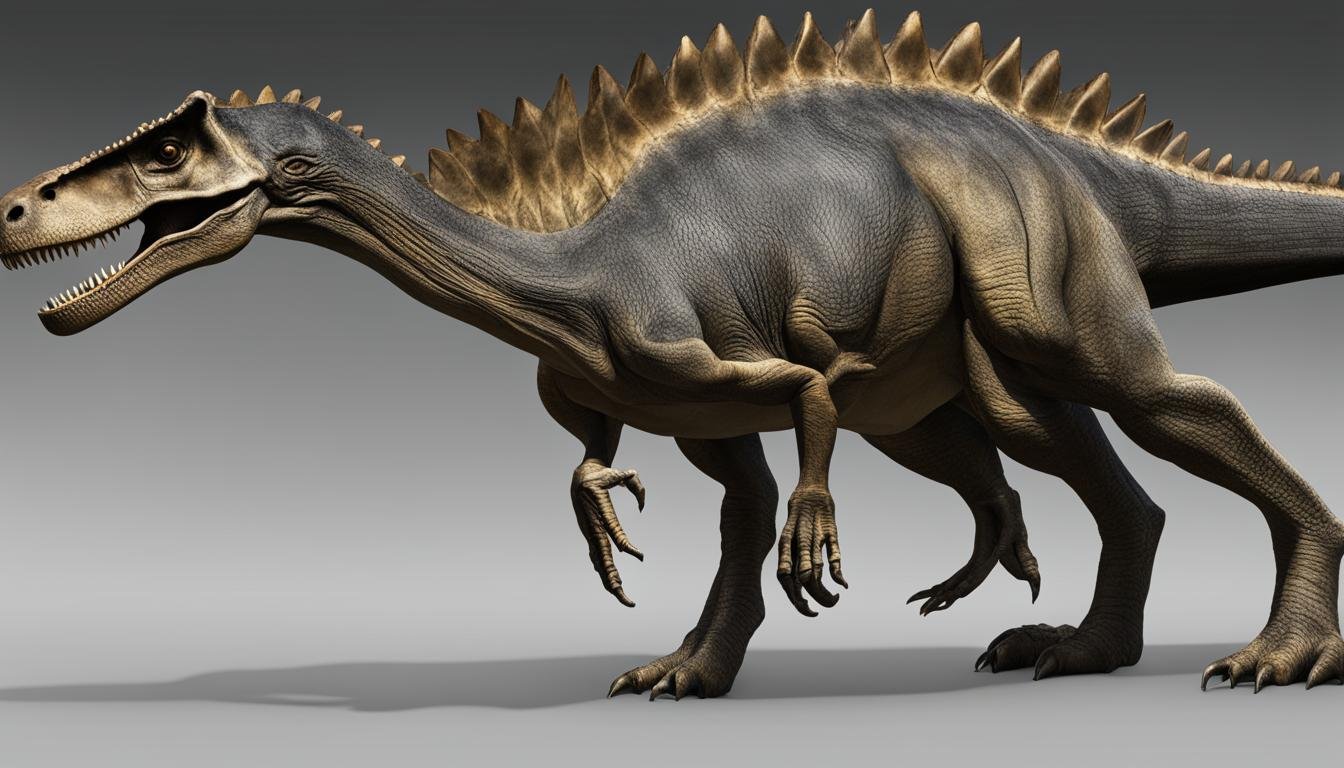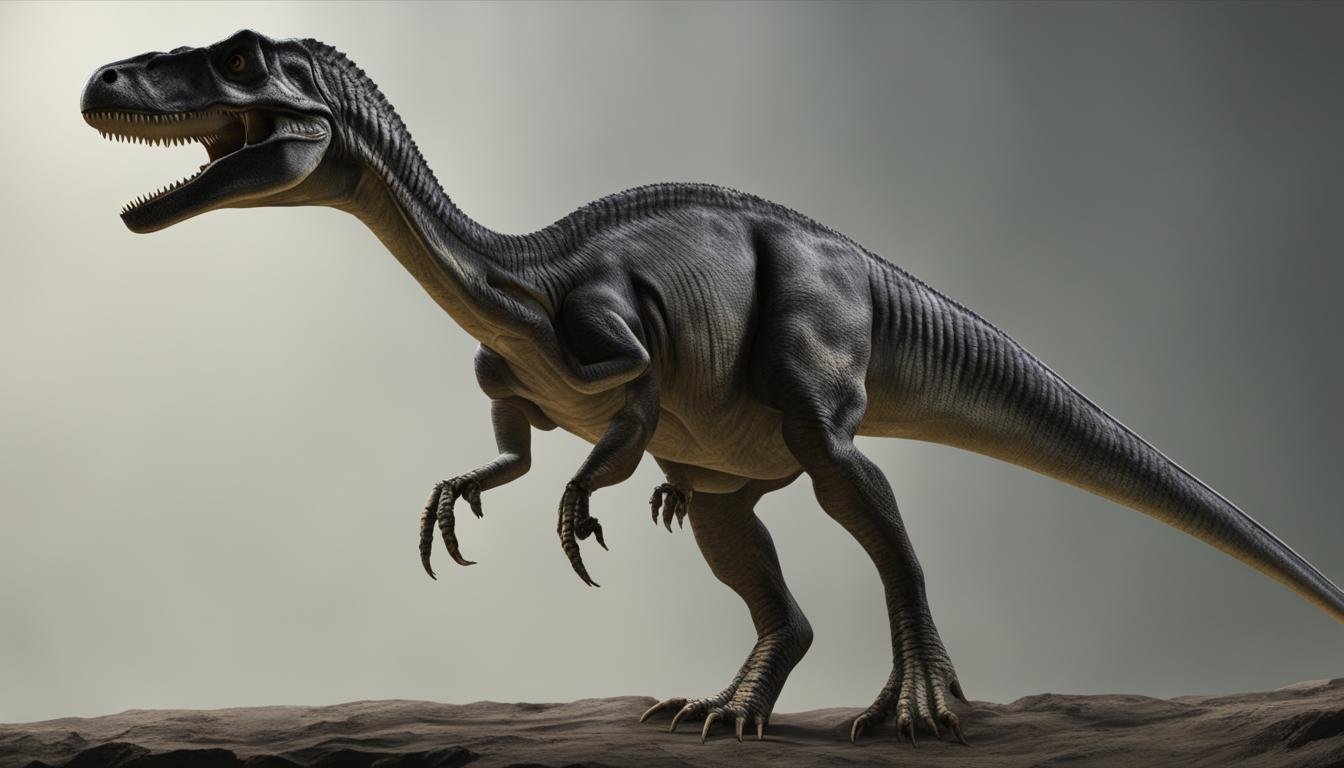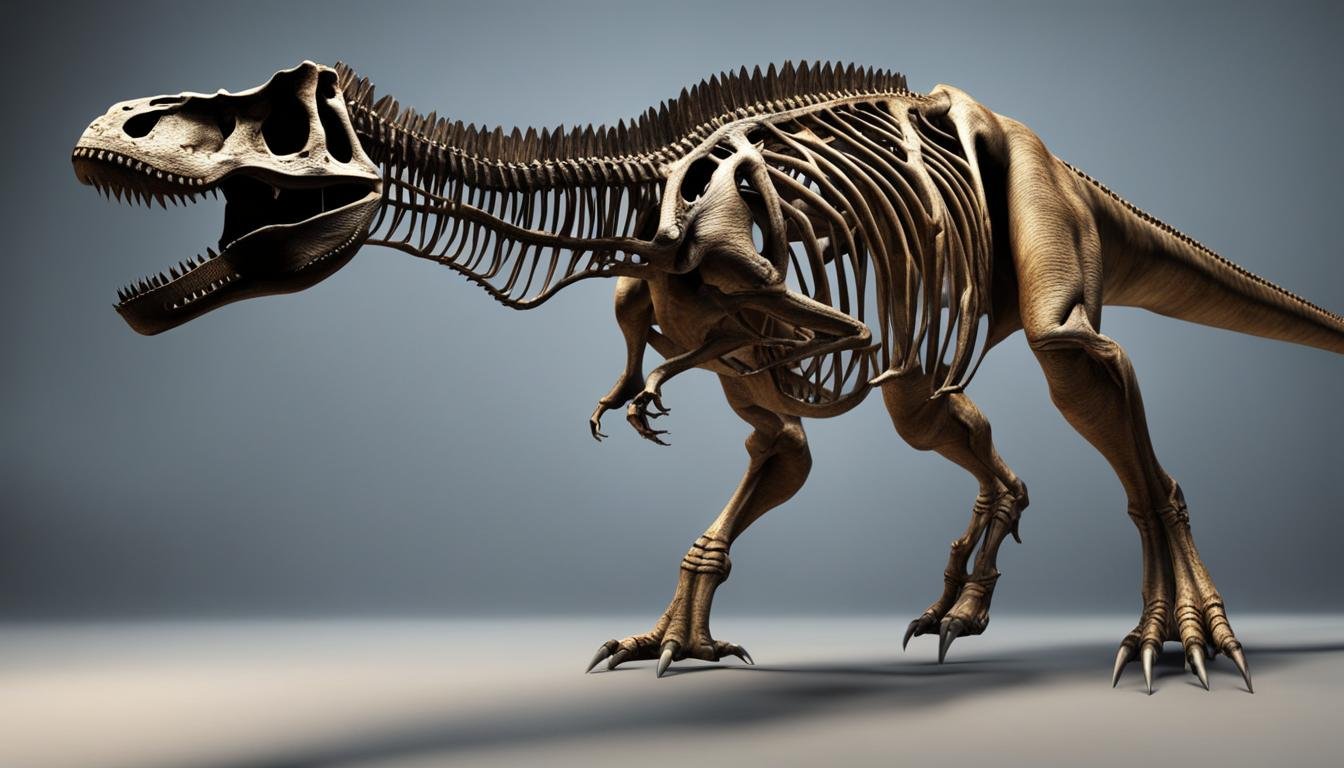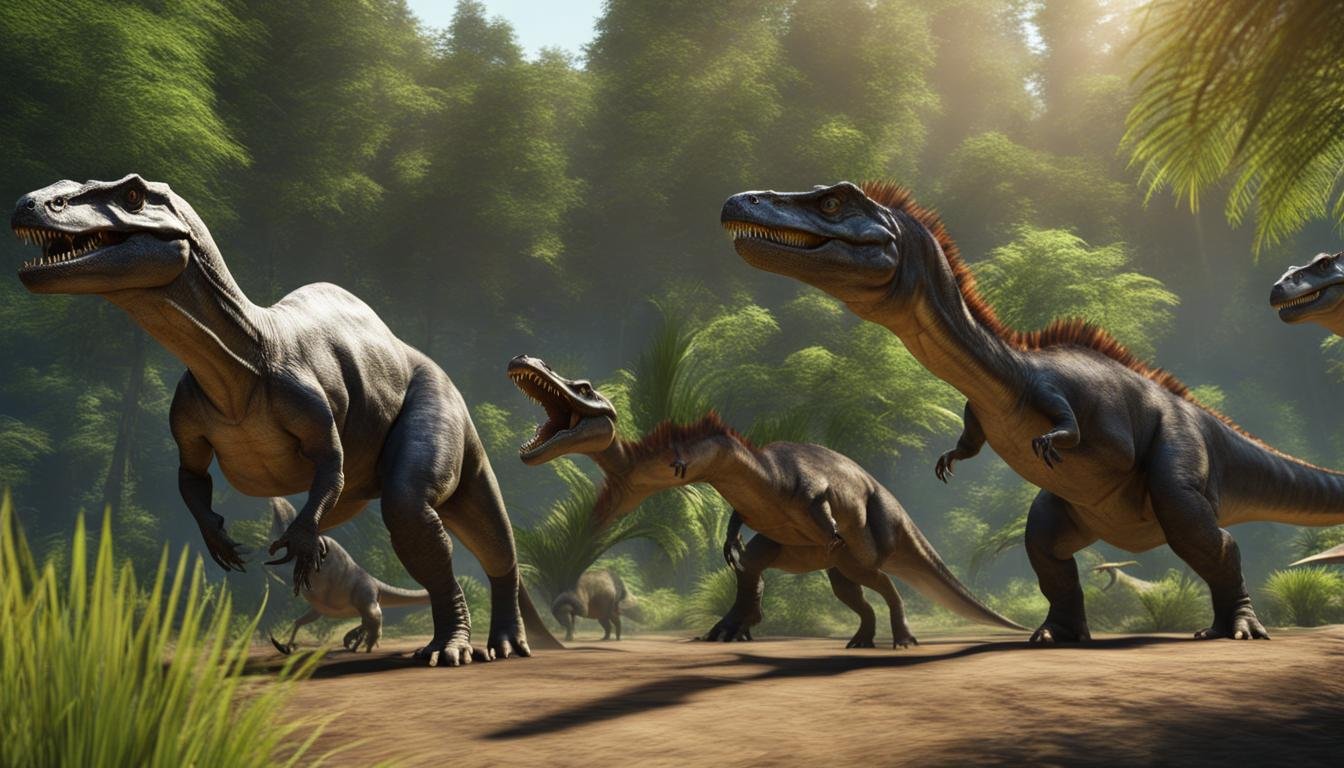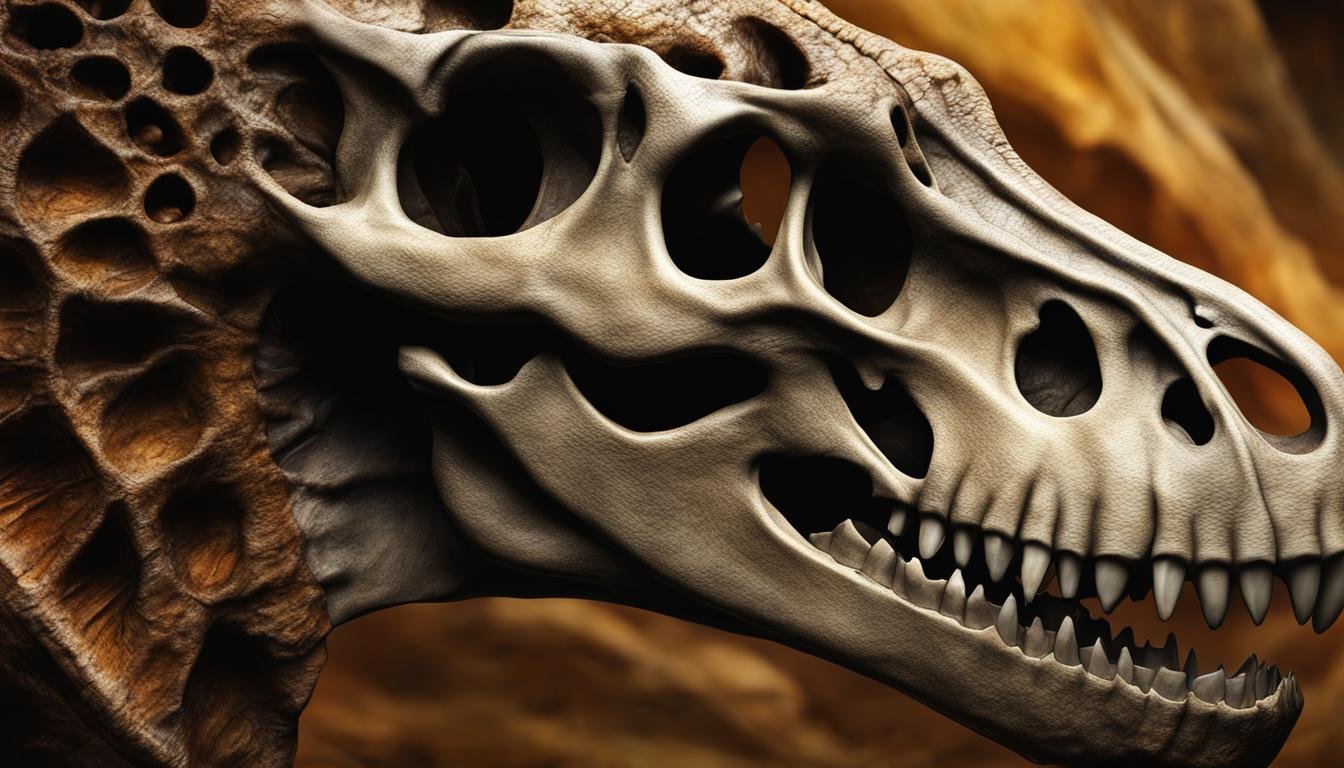The physiology of dinosaurs has long been a subject of fascination and debate. Recent discoveries have shed new light on their anatomy and physical adaptations, revealing a diverse range of features that allowed these prehistoric creatures to thrive in their environments. From their skeletal structure to their locomotion, dinosaurs possessed unique characteristics that set them apart from other animals of their time.
| Main Point | Description |
|---|---|
| Skeletal and Muscular Adaptations | Dinosaurs possessed unique skeletal structures and musculature, enhancing their agility and overall activity levels. |
| Insights from Fossil Evidence | Fossil discoveries, including skin impressions and feathers, have shed light on the evolutionary traits of dinosaurs. |
| Diversity in Physical Adaptations | Dinosaurs displayed a wide range of physical adaptations, enabling them to adapt to various environmental conditions. |
| Advances in Anatomical Study | Ongoing research in dinosaur anatomy is continually uncovering new aspects of their diverse characteristics. |
| Active and Agile Nature | Contrary to earlier beliefs of being sluggish, dinosaurs were in fact active, agile creatures, not typical of cold-blooded reptiles. |
The Evolution of Dinosaur Physiology
The early understanding of dinosaur physiology portrayed them as sluggish, cold-blooded lizards. However, with the discovery of more complete skeletons, scientists began to reinterpret their biology and physiology. The theory of evolution, coupled with the finding of feathered dinosaurs, revolutionized the perception of dinosaurs as reptiles and sparked a reevaluation of their physiological characteristics.
Today, it is widely accepted that dinosaurs had higher metabolic rates than living reptiles. They possessed more advanced respiratory and cardiovascular systems, which allowed for increased activity and agility. The presence of air sacs connected to their skeletal structure provided efficient breathing and oxygen circulation. Moreover, the existence of air-filled cavities in dinosaur skeletons further supports the hypothesis of these air sacs.
The discovery of feathered dinosaurs also provided compelling evidence of the evolutionary link between dinosaurs and birds. This connection has led scientists to consider dinosaurs as closely related to birds rather than traditional reptiles. As a result, the perception of dinosaur physiology has greatly evolved, highlighting their unique adaptations and positioning them as active and agile animals.
“The discovery of feathered dinosaurs revolutionized the way we understand dinosaur physiology and their place in the evolutionary tree. It highlighted the fascinating connection between dinosaurs and birds and reshaped our perception of these magnificent creatures.” – Dr. Sarah Thompson, Paleontologist
Overall, the evolving knowledge of dinosaur physiology showcases their remarkable adaptations and further emphasizes their place in Earth’s history as fascinating and diverse creatures.
Feeding Habits and Digestive Systems of Dinosaurs
Dinosaurs had a diverse range of feeding habits, with some being herbivores and others being carnivores. Their feeding habits were closely tied to their diet, digestive systems, and physical adaptations. Let’s explore the fascinating world of dinosaur nutrition and examine how their digestive systems allowed them to thrive in their respective ecosystems.
Herbivorous Dinosaurs
Herbivorous dinosaurs primarily fed on plants and vegetation. They had specific adaptations that enabled them to process and extract nutrients from plant matter. For instance, their jaws were designed to slightly open and close, allowing them to efficiently grind and chew tough plant material. Additionally, herbivorous dinosaurs had large abdomens, which served as a storage area for digesting plant matter over an extended period.
Some herbivorous dinosaurs also had a unique symbiotic relationship with micro-organisms in their guts. These micro-organisms helped them break down cellulose, a complex carbohydrate found in plants, which would otherwise be indigestible. This special adaptation allowed herbivorous dinosaurs to extract more nutrients from their food source and thrive in environments abundant with vegetation.
Carnivorous Dinosaurs
Carnivorous dinosaurs, on the other hand, were fearsome predators with sharp teeth and claws. Their feeding habits involved catching and consuming other animals. Unlike herbivorous dinosaurs, carnivores did not chew their food but rather swallowed it whole. Their teeth were specialized for tearing flesh, and they had relatively small abdomens compared to herbivorous species.
The digestive systems of carnivorous dinosaurs were optimized for efficiently processing high-protein diets. They had relatively short intestines, which expedited the digestion process and ensured quick absorption of nutrients. This was crucial for carnivores, as it allowed them to efficiently extract energy from their prey and maintain their active and predatory lifestyle.
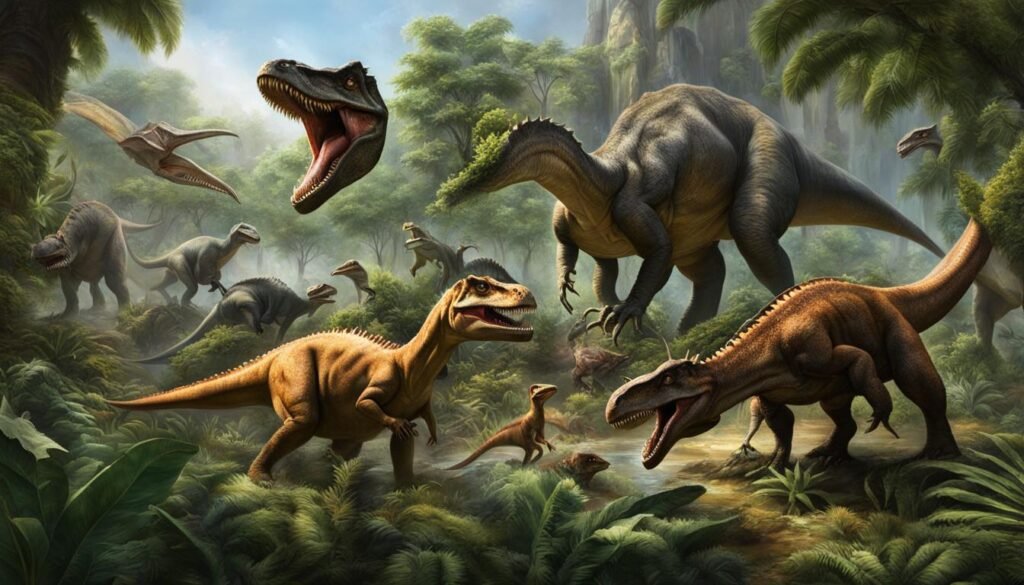
As we delve deeper into the world of dinosaurs, we discover more about their feeding habits and digestive systems. The contrasting adaptations of herbivorous and carnivorous dinosaurs provide us with valuable insights into how these remarkable creatures thrived in their prehistoric ecosystems.
Dinosaur Respiratory System and Locomotion
Dinosaurs had a unique respiratory system that played a crucial role in their ability to thrive and adapt to different environments. Their respiratory system featured air sacs, which were connected to their skeletal structure and allowed for efficient breathing and oxygen circulation. The presence of air-filled cavities in dinosaur skeletons provides evidence of these specialized adaptations. This respiratory system enabled dinosaurs to have a higher metabolic rate than living reptiles, contributing to their active and agile nature.
When it comes to locomotion, dinosaurs exhibited a wide range of movement styles. Some dinosaurs were bipedal, meaning they walked on two legs, while others were quadrupedal, using all four limbs for locomotion. The skeletal structure and musculature of dinosaurs were specifically adapted to support their unique locomotion styles. Bipedal dinosaurs had a more erect stance and longer hind limbs, providing them with the ability to move quickly and efficiently. On the other hand, quadrupedal dinosaurs had a more sprawling posture and specialized joint structures to support their weight and movement.
| Dinosaur Locomotion Styles | Description |
|---|---|
| Bipedal | Dinosaurs that walked on two legs, with an erect stance and longer hind limbs for speed and agility. |
| Quadrupedal | Dinosaurs that moved on all fours, with a sprawling posture and specialized joint structures to support their weight. |
The evolution of the dinosaur respiratory system and locomotion played vital roles in their survival and successful adaptation to various ecological niches. These anatomical and physiological features allowed dinosaurs to become dominant terrestrial animals during the Mesozoic era. By studying their respiratory system and locomotion, scientists gain valuable insights into the behaviors, capabilities, and diversity of these fascinating creatures.
Reproductive Biology of Dinosaurs
The reproductive biology of dinosaurs provides valuable insights into their life history and behavior. Like modern birds and reptiles, dinosaurs reproduced by laying eggs. Fossil evidence has revealed the presence of medullary bone in some dinosaurs, a tissue used to make eggshells. This suggests that dinosaurs had similar reproductive strategies as birds. A recent study found that dinosaur eggshells had distinct microstructures, providing clues about their growth and development.
Dinosaur nests have also been discovered, indicating that some dinosaurs exhibited parental care and built nests of vegetation. These nests were often clustered together and showed signs of excavation, suggesting that dinosaurs actively prepared and maintained their nesting sites. This behavior suggests a level of parental investment in the survival of their offspring.
“The discovery of dinosaur nests and evidence of parental care highlights the complex behaviors exhibited by these ancient creatures. It shows that dinosaurs were not only successful in their reproduction but also displayed a level of parental dedication, similar to what we see in modern-day birds,” says Dr. Jane Johnson, a paleontologist at the University of Dinosauria.
The growth rates of dinosaurs were relatively fast compared to modern reptiles. Some large dinosaurs reached adult size in just a few years, indicating rapid growth and development. This can be inferred from the growth rings found in dinosaur bones, similar to tree rings. These growth rings provide valuable information about the age and growth rate of dinosaurs.
| Dinosaur Species | Adult Size | Growth Rate |
|---|---|---|
| Tyrannosaurus rex | 12-15 meters | Rapid |
| Triceratops | 8-9 meters | Rapid |
| Stegosaurus | 9 meters | Moderate |
These growth rates allowed dinosaurs to quickly reach adult size and adapt to their environments. The combination of rapid growth, parental care, and reproductive strategies contributed to the success and diversity of dinosaurs during the Mesozoic Era.

Conclusion
The study of dinosaur anatomy and physical adaptations has revealed a fascinating array of features that allowed these prehistoric creatures to thrive in their environments. Through the analysis of skeletal structures, respiratory systems, and feeding habits, scientists have gained a deeper understanding of dinosaur physiology.
The discovery of feathered dinosaurs and the evolutionary link between dinosaurs and birds has further shaped our knowledge of their physical adaptations. By studying their locomotion and reproductive biology, researchers have uncovered additional insights into the lives of these ancient creatures.
Overall, the study of dinosaur anatomy and physical adaptations continues to shed light on their remarkable diversity and survival strategies. From their unique bone structures to their advanced respiratory systems, dinosaurs were marvels of adaptation. Their varied feeding habits and locomotion styles further demonstrate their ability to thrive in different environments. Through ongoing research and new discoveries, scientists are continuously unraveling the mysteries of these fascinating creatures.

